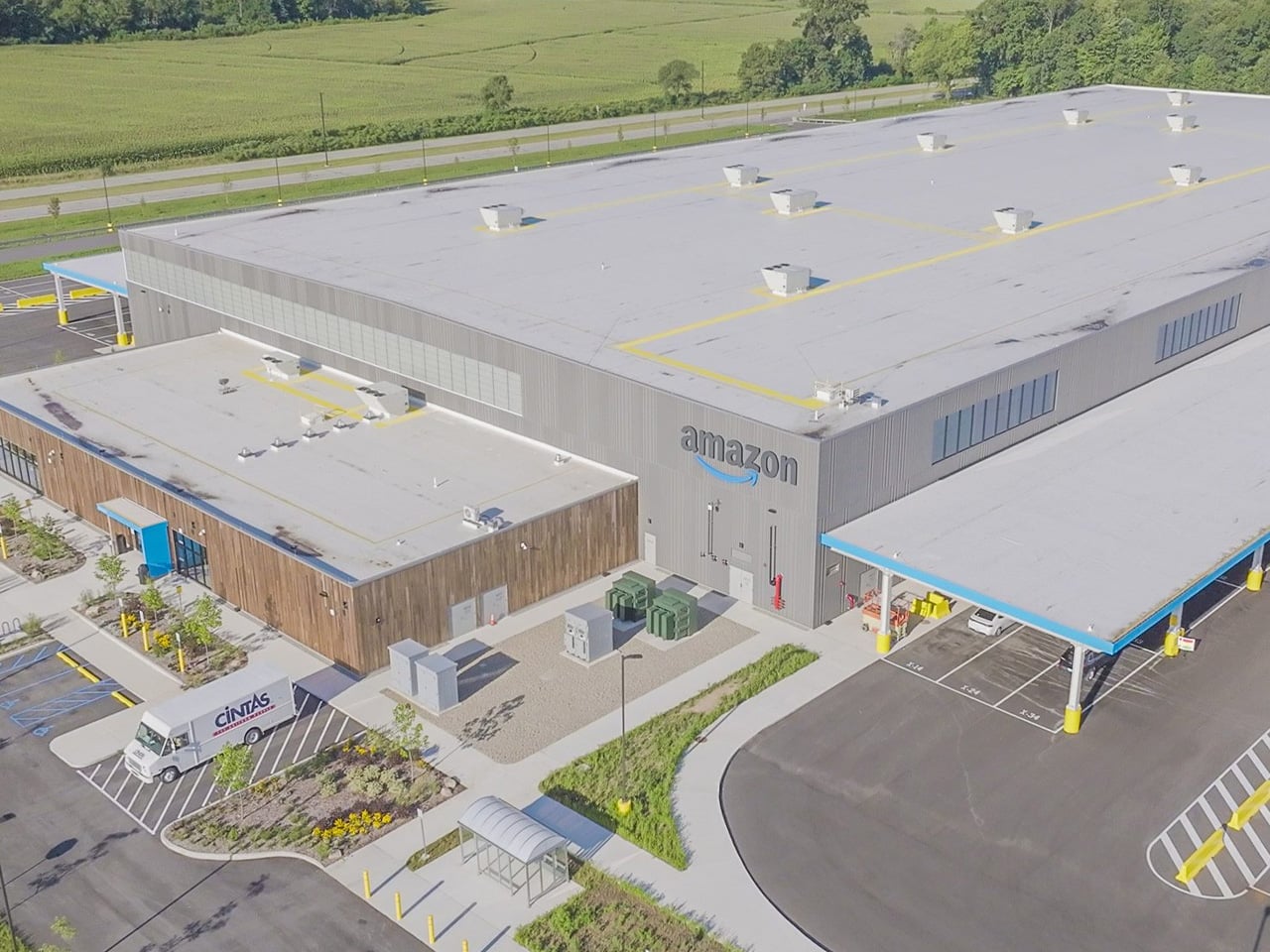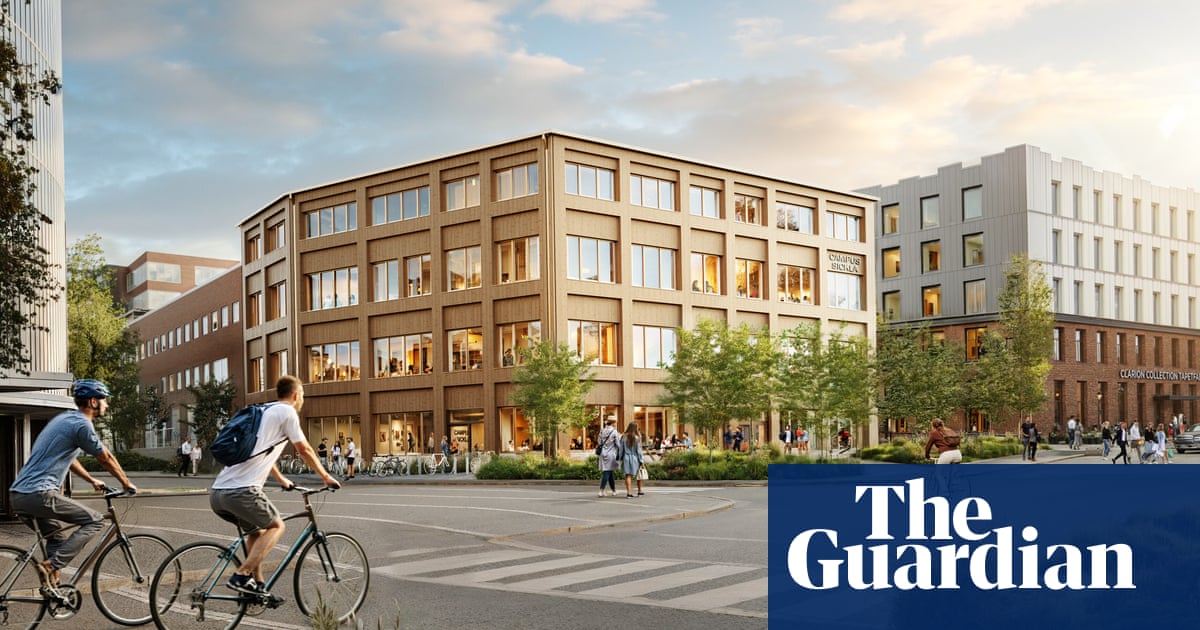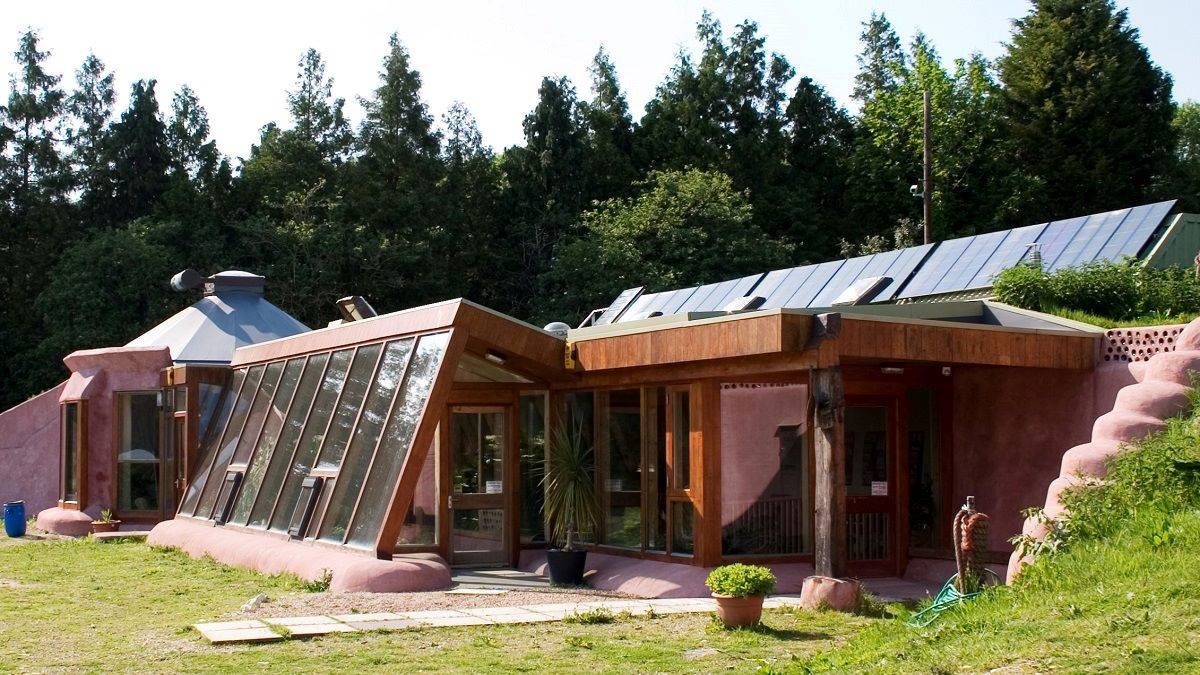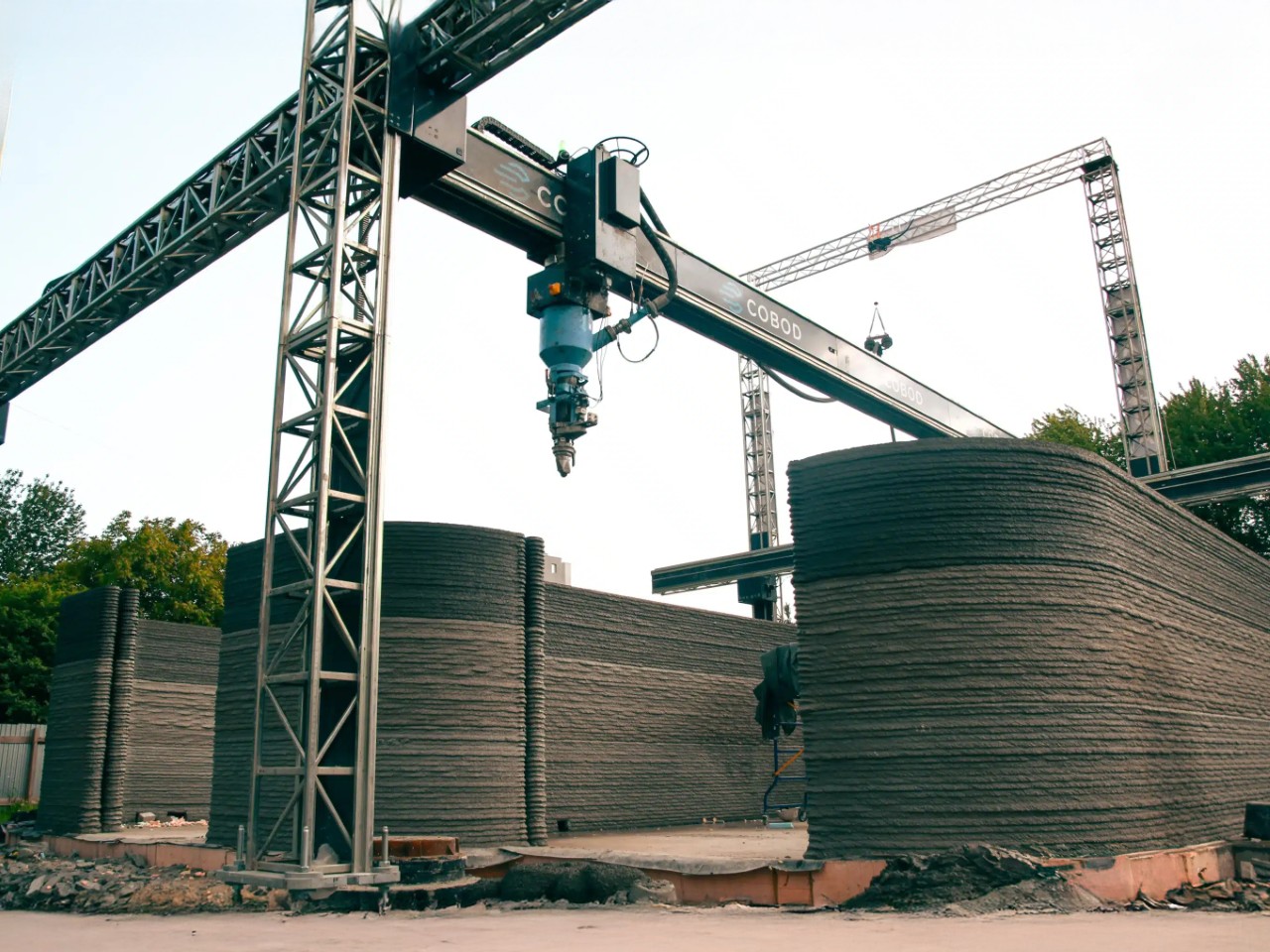fromBusiness Matters
4 days agoExploring the impact of eco-friendly materials in today's construction industry
The construction sector is increasingly focusing on sustainable practices to address environmental concerns. As awareness of these issues grows, the adoption of eco-friendly materials is becoming a priority. These materials help reduce the ecological footprint of buildings and enhance their long-term value and efficiency. By choosing sustainable options, you can play a crucial role in promoting a greener construction industry. For example, companies like North West Timber Treatments offer a variety of eco-friendly materials that support these initiatives.
Environment





